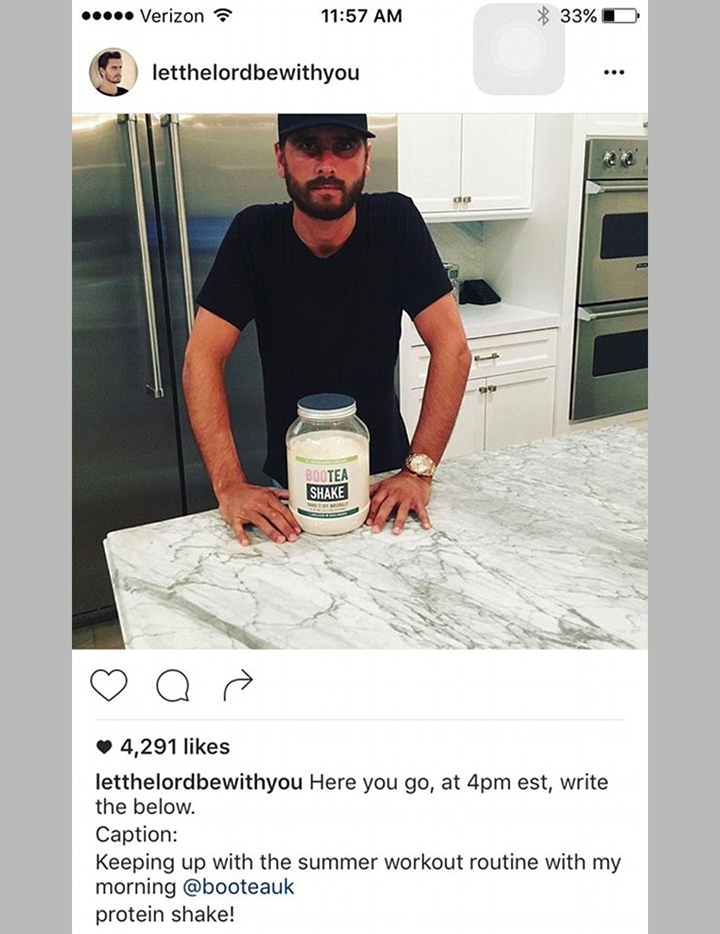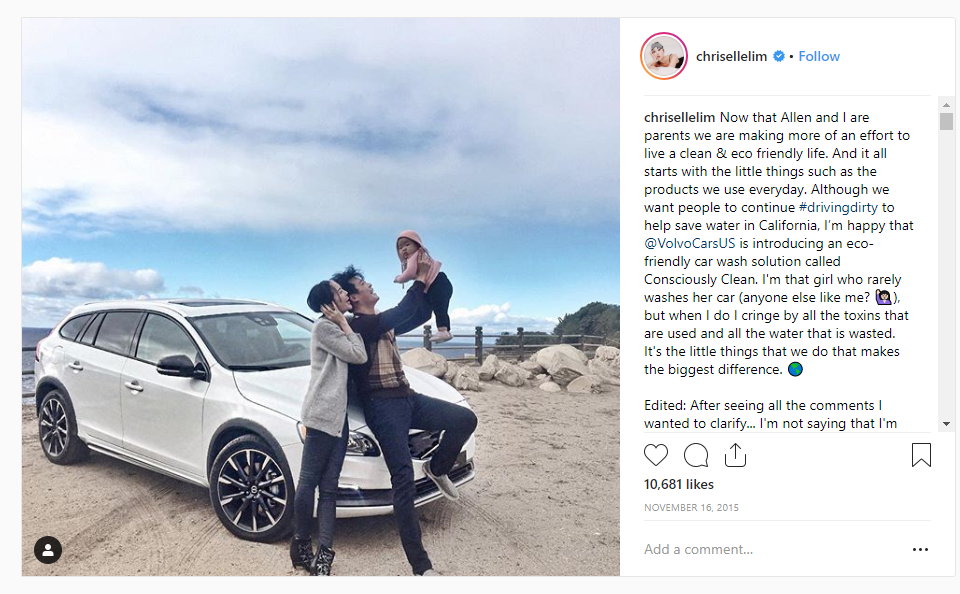


Influencer marketing – where to go from here?

Last year influencer marketing was big news, for one big bad reason. Fake followers, fake recommendations and influencers with hidden advertising agendas.
These news stories ran parallel with Twitter wiping tens of millions of fake accounts from its platform and Facebook disabling 1.3 billion fake accounts. Leading to brands like Unilever declaring they wouldn’t work with influencers who had fake followers or bots.
The mistrust in influencers and their following was two-fold. One led to public mistrust of influencers integrity and the other of brand distrust in using influencers for marketing campaigns.
The public mistrust was triggered by the market becoming saturated with influencers who were passing off products they had been paid to promote as genuine organic content. So, in fact not declaring adverts as well…adverts!
On the other side of the fence, the mistrust between influencers and brand managers sprung from a couple of sources. Firstly, it was discovered that fake followers or bots following influencers, was more common than previously thought. And secondly, the practice of knowingly buying fake followers was also found to be a big problem within the influencer industry.
Brand mis-trust also sprung from a few shoddy influencer Instagram posts, which completely missed the mark with the audience, or where a pretty bad copy and paste job was done.
A few examples of influencer marketing ads done badly include Scott Disick’s now infamous post for BOOTEA. Disick posted about BOOTEA boosting his morning workout, but accidentally included the instructions of what and when to post about the brand (from an email presumably from a brand manager), within the actual Instagram post! He later deleted the post, but not before the whole world appeared to see it.

Whilst this was probably an honest mistake on the part of Scott, influencers can also deliberately damage your brand if you don’t do proper due diligence. An awkward example of this is when EA sent a Star Wars Battlefront game to musician Benjamin Burnley.
One can only assume EA hadn’t scoped out Benjamin properly first before sending him the game to try, as his response was less than positive…
So, bearing these two bad examples in mind and the recent backlash and mis-trust directed at influencers. What’s next for influencer marketing?
New ad regulations in the USA from the Federal Trade Commission and the UK’s ASA ,state that influencers must disclose their connections to the products they post about. This means when influencers are paid to promote a product, they must mark it as an advert, so they must include the hashtags #sponsored or #ad within the Instagram post caption.
Really, marking out posts as ads can only be a good thing as transparency creates more trust between consumers and influencers, as it is made clear what is being paid for and what is not. According to a report by Xeim, 61% of consumers say authenticity is the most important attribute in an influencer, so the influencer being upfront on what they’re being paid to market is usually no bad thing in the eyes of the consumer.
As posts are now clearly marked as ads, it’s important for brands think carefully about how their ad will sit within the influencers profile, they should also closely monitor how the posts are delivered.
If proper research hasn’t been done on the influencer and their followers, it’s easy for your ad to look completely out of context or not mesh with the influencers normal tone of voice, leading to online backlash.
An example of this is a post by Chriselle Lim, a fashion stylist and beauty and lifestyle blogger.
Back in 2015, she posted an advert promoting Volvo, causing a backlash of negative comments. The post was criticized for a couple of reasons, firstly the obvious imagery (which looked too much like an actual Volvo T.V ad) and secondly the confusing message. The caption connected the car with clean driving, however this ‘clean’ didn’t refer to the carbon emissions, but how the car was being washed. Whilst this type of carwash might save water, it seemed a strange message to associate with a non-eco car.
Taking note of the example above and bearing in mind that, ‘70% of consumers believe it is important for influencers to have a natural affinity with a brand’ (Xiem influencer intelligence report), how can influencer marketing be done well?
Influencer marketing works best is when they already have an affinity with the brand, or the brands ethical values and tone of voice, prior to advertising with them. A good example of this is a post by influencer louteasdale, who posted an advert in collaboration with the Body Shop promoting their masks.
As a beauty influencer and animal lover, this advertised post didn’t seem wildly out of place with her usual content and received lots of positive comments and likes.
So, what’s next for influencer marketing? In summary, influencers aren’t going anywhere anytime soon, and brands will (and should) continue to make the most of their close connections with followers.
The rule to mark out sponsored content as such hasn’t dulled the consumers want to consume and engage with posts from influencers. In fact, Instagram has recently announced it will soon be launching a new ad type ‘Branded content ads’ which will let brands directly sponsor posts created by influencers and push them to relevant audiences through their own platforms.
Even though influencer marketing has had a rough time of it over the past couple of years, it seems to have successfully cleared the hurdle.
The main learning that can be taken from some of the less desirable influencer brand ‘collaborations’, is that both brands and influencers should carefully pick and choose who they work to avoid embarrassing posts or follower backlash.
One way for brand managers to do this is to work with an influencer marketing platform who can do some of the hard work for you. Including scoping out relevant influencers and approving and declining posts, making sure nothing is published without the brands knowledge. Working with a platform such as this gives more control to the brand and has the further benefit of only approaching influencers who actually want to work with you, avoiding the EA games scenario!
So, with this in mind, ‘may the force be with you’…influencers and brands alike ?.
Posted 1 April 2019